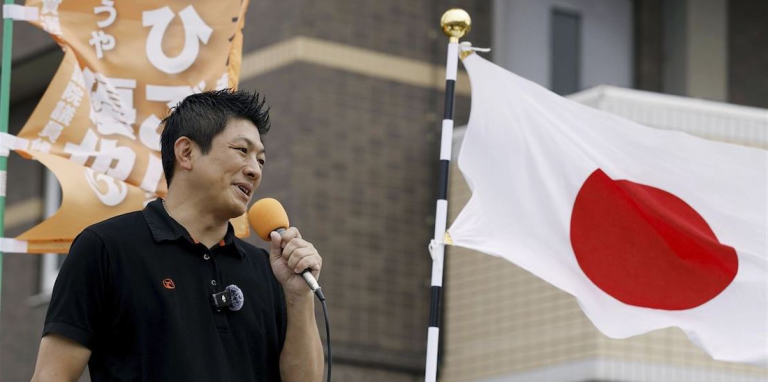
Nationalist Breakthrough: Why a Populist Party’s Surprise Victory Signals Turbulence for Japan
Once-marginal Sanseitō party stuns the political status quo as its leader, inspired by Trump’s populist playbook, rides anti-immigration, anti-globalism, and “Japan First” fervor into Japan’s mainstream.
New York, N.Y. – A political earthquake has rattled Japan. The capital’s gleaming towers and ancient shrines now overshadow a controversy more familiar to Americans than most might imagine.
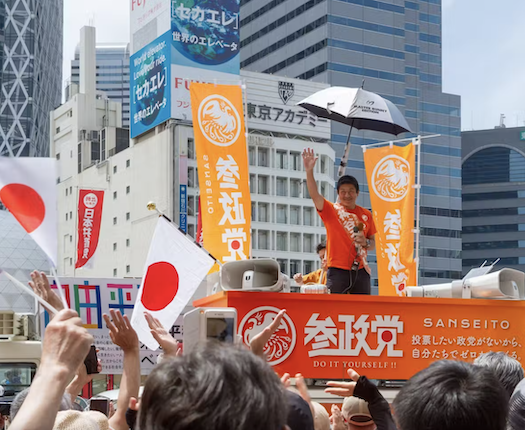
The right-wing populist Sanseito (“Party of Do it Yourself!!”), led by supermarket-manager-turned-YouTuber Sohei Kamiya, just surged from fringe status to a decisive force in Parliament, shaking up Japan’s postwar political order in a manner drawing close parallels to Donald Trump’s rise in the U.S.
With slogans such as “Japanese First” and policies echoing Trumpian rhetoric, Sanseito has tapped into anxieties over immigration, economic uncertainty, and Japan’s place in a rapidly changing world.
For Americans looking to understand this moment, think of Sanseito as Japan’s own flavor of nationalist, anti-globalist populism—a movement that mixes digital savvy with old-school patriotism and a strong skepticism about foreign influence.
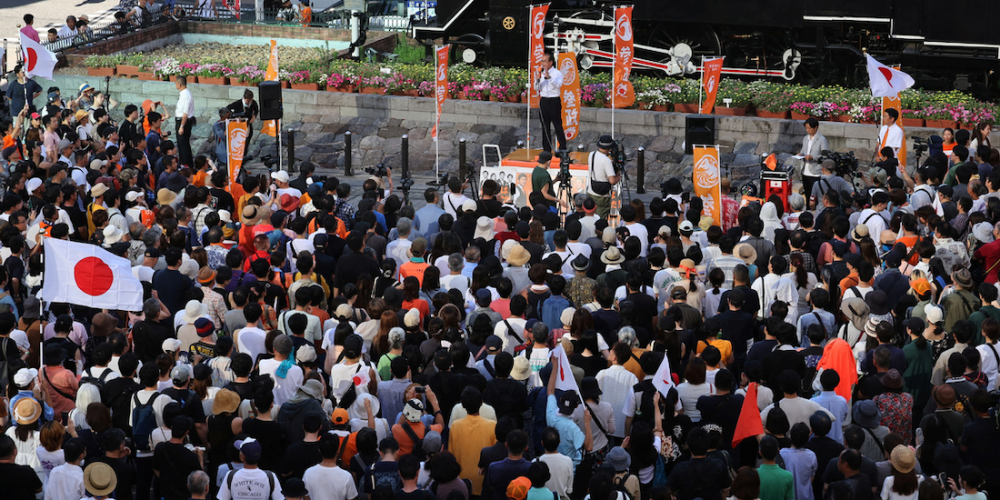
Roots Online: YouTube and the Making of a Movement
What began in 2020 as a YouTube-backed protest against COVID-19 restrictions quickly grew into an anti-establishment political tidal wave. Disillusioned by mainstream parties and economic stagnation, Japanese voters flocked to Sanseito’s digital town halls, where conspiracy-laden populism was blended with straight talk about jobs, taxes, and “taking Japan back.”
Sanseito’s rise comes at a time when Japan faces demographic decline, a labor shortage, and cultural questions about its future as a traditionally homogenous society. The party frames these challenges as a reason to “put Japanese citizens first”—and blames globalism, foreign workers, and government elites for eroding national identity.
“Japan First”: Inside the Party Platform
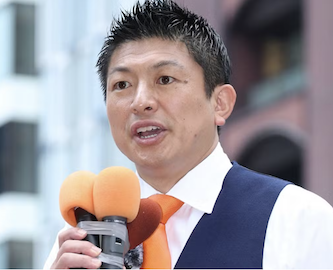
Sanseito’s message is direct. It demands:
- Much tighter immigration controls and caps on foreign residents.
- Ending what it calls “preferential treatment” for foreigners, from public sector jobs to social welfare.
- Restrictions on the sale of Japanese land to foreigners, citing security and cultural preservation.
- An overhaul of education policy to re-emphasize traditional culture, ethics, and family support—with a priority on benefiting Japanese citizens.
Moreover, the party proposes lowering consumption taxes and increasing child benefits as a way of tackling population decline—again, for Japanese families first.
These stances draw a fervent base online—especially among younger conservatives in search of an alternative to Japan’s longtime ruling Liberal Democratic Party (LDP)—and fierce criticism from liberal observers, who warn of xenophobia and isolationism.
Tokyo’s Trump? The Sohei Kamiya Persona
Sohei Kamiya, the charismatic Sanseito leader, makes no secret of his admiration for Donald Trump. From combative speeches to the campaign’s slogan (“Japanese First”), Kamiya channels the same populist energy that upended American politics in 2016. His party rails against “globalist elites,” a “silent invasion” of foreigners, and what he calls government overreach during the pandemic.
In rallies and online broadcasts, Kamiya speaks of restoring Japanese pride and protecting “real citizens” from cultural dilution—a message that resonates with a country weary from years of stagnant wages, aging demographics, and global uncertainty.
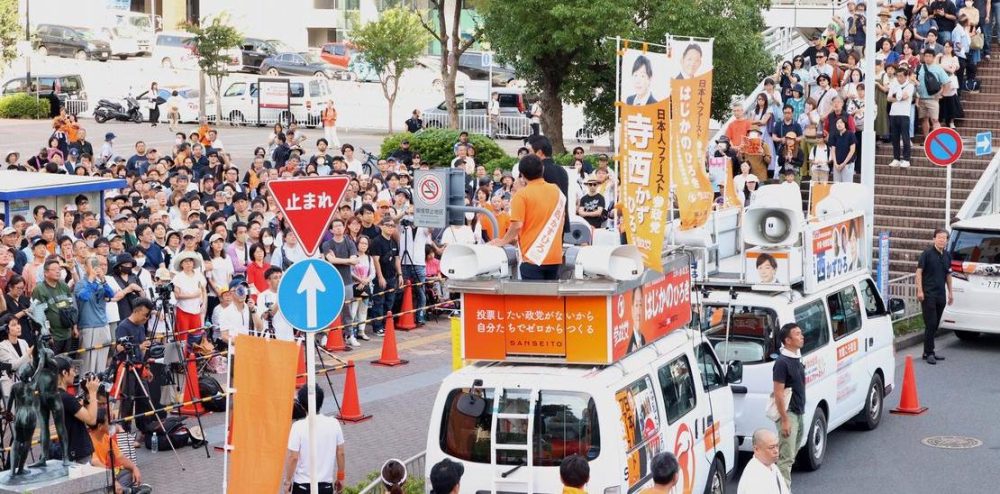
Election Earthquake: A New Political Reality
Sanseito’s stunning results in July 2025’s upper house elections—jumping from one seat to 14 in a 248-member chamber—did more than shake up Parliament. For the first time in decades, the LDP’s grip on power is in doubt, and Prime Minister Shigeru Ishiba now faces fierce calls for his resignation after losing the upper house majority.
Though Sanseito remains a minority party, its rise has forced mainstream rivals to embrace parts of its message: the LDP has moved to crack down on illegal immigration and restrict foreign land purchases—clear concessions to a more nationalist mood in the electorate.
Global Implications: The International Lens
For American observers, Sanseito’s ascent illustrates how populism, once considered a mainly Western phenomenon, is going global—thanks in part to social media and growing economic discontent. Like Trump’s “America First” doctrine, “Japanese First” signifies both a rejection of internationalism and a deep sense of national insecurity.
The impact has already rippled into U.S.-Japan relations, as tough stances on immigration and economic sovereignty complicate cooperation on trade, security, and global governance.
‘Japan First’ Party – Dangerous Trump-Inspired Sanseito Movement (July 31, 2025)
Summary
The Sanseito party, led by Sohei Kamiya, has catapulted from the political margins in Japan to national prominence by adopting a populist, “Japan First” agenda reminiscent of Donald Trump’s rise in the U.S. Founded amid pandemic discontent and digital activism, the party now challenges establishment power, attacks immigration and globalization, and forces mainstream parties to react. Sanseito’s meteoric rise marks a milestone for nationalist politics in Japan and signals a significant shift in the country’s political landscape.
#JapanFirst #Sanseito #TokyoPolitics #TrumpStylePopulism #NationalismInJapan
TAGS: Sanseito, Japanese politics, Trump-style populism, immigration, Japan First,
Tokyo, Sohei Kamiya, nationalism, Liberal Democratic Party, upper house election
